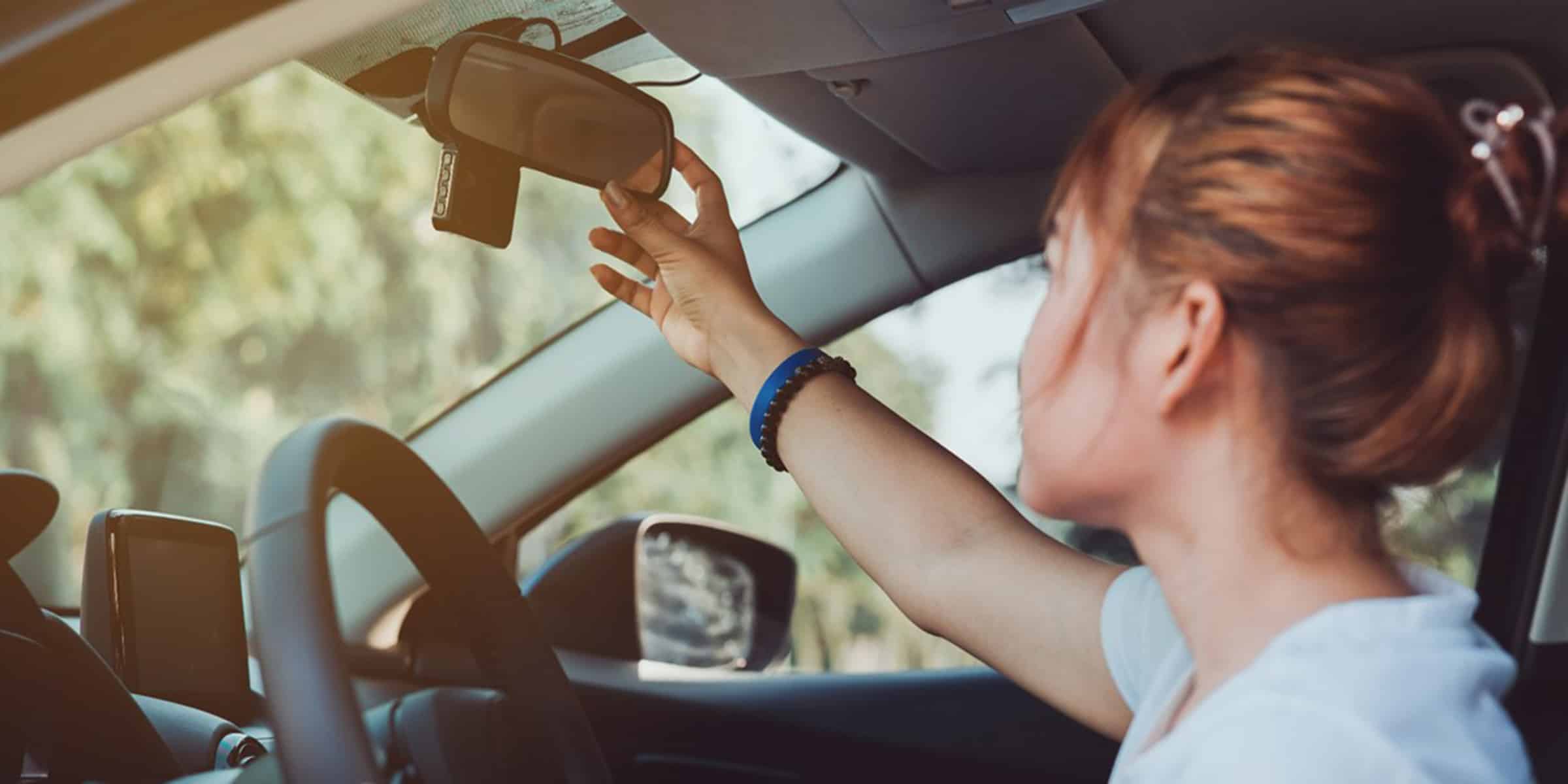Teen Driver Safety: Best Practices for Staying Safe on the Road
October 21, 2020 | Article by Chain | Cohn | Clark staff | Tips & Information Social Share

Your child is all grown and ready drive. You may be thinking: Where did the time go? But parents should also be thinking about safety. Motor vehicle crashes continue to be the leading cause of teen injuries and deaths. In fact, nearly six teen drivers are involved in a fatal car crash every day in the United States.
Chain | Cohn | Clark is joining local law enforcement and safety organizations for Teen Driver Safety Week and beyond in bringing awareness of the dangers teen drivers face, and how to better keep our children safe.
“Every parents’ highest priority is the safety of their children, and since the single greatest risk to each teenager is on the roadway, we should all be devoted to reducing the dangers,” said David Cohn, managing partner and attorney at Chain | Cohn | Clark. “At driving age, our children need us more than ever. Make sure your kids know the best practices for staying safe.”
Experts say teenage drivers are inherently immature, lack experience, engage in risky behaviors, and often think of themselves as invincible. In particular, there are six dangers that are especially important for teens to understand: alcohol, inconsistent or no seat belt use, distracted and drowsy driving, speeding, and number of passengers:
- Alcohol and Drugs: All teens are too young to legally buy, possess, or consume alcohol. However, nationally 15% of teen drivers involved in fatal crashes had alcohol in their system. But alcohol isn’t the only substance that can keep teens from driving safely. Like other drugs, marijuana affects a driver’s ability to react to their surroundings. Remind teens that driving under the influence of any impairing substance could have deadly consequences.
- Seat Belts: Wearing a seat belt is one of the simplest ways for teens to stay safe in a vehicle. The chances of surviving a traffic crash are 45% higher when properly restrained in a seat belt. Tell your teen driver they must buckle up, every ride, every time.
- Distracted Driving: Distractions while driving are more than just risky — they can be deadly. The use of mobile devices while driving is a big problem, but there are other causes of teen distracted driving which pose dangers as well. They include adjusting the radio, applying makeup, eating or drinking, or distractions from other passengers in the vehicle. Explain the dangers of driving distracted by phones and texting or anything else, and that driving attentively is essential for safe driving
- Speeding: Speeding was a factor in about one-third of all fatal teen driver crashes. Faster speeds rob inexperienced teen drivers of the extra reaction time they may need to avoid a crash. Emphasize that they must obey posted speed limits.
- Passengers: Teen drivers transporting passengers can lead to disastrous results. Research shows the risk of a fatal crash goes up in direct relation to the number of passengers in a car. The likelihood of teen drivers engaging in risky behavior triples when traveling with multiple passengers. Passengers can serve as another distraction for inexperienced teen drivers. That’s why many states have graduated driver licensing restrictions, which prohibit any passengers in vehicles with teen drivers.
- Drowsy Driving: Teens are busier than ever: studying, extracurricular activities, part-time jobs, and spending time with friends are among the long list of things they do to fill their time. However, with all of these activities, teens tend to compromise something very important — sleep. This is a dangerous habit that can lead to drowsy driving or falling asleep at the wheel. People are most likely to feel drowsy between the hours of 2 and 6 p.m., which is generally when teens are driving home from school. Explain the dangers of driving drowsy before your teen driver takes the wheel.
Chain | Cohn | Clark recently awarded 11 drivers education scholarships as part of the new “Guided Partners in Safety (GPS) Scholarship” program aimed to support a new generation of teen drivers, build guided partners in safety, and help pay for student driver’s education training, while keeping safety at the forefront.
“Our goal was to help those in need, and reinforce the importance of talking to teen drivers about the responsibilities, rules, and consequences that come with getting behind the steering wheel,” said Matt Clark, Chain | Cohn | Clark senior partner and personal injury attorney. “We hope this program will help at least a little in lowering the statistics locally.”
Chain | Cohn | Clark has advice in the case you or your teen are involved in an auto accident. Remember to take the following 3 steps if you have been involved in an automobile accident or motor vehicle accident:
- Obtain the name, address, insurance information, vehicle identification number (VIN) and driver’s license number of any and all persons involved in the accident, as well as the names, addresses, and telephone numbers of all witnesses.
- Make sure that a report is filed with the police, sheriff, or highway patrol, but DO NOT talk to anyone else (especially insurance adjusters) about the accident or sign anything without first consulting an attorney.
- Seek medical attention immediately and explain to your physician or surgeon all of the symptoms and complaints you have been feeling since the accident occurred.
———
